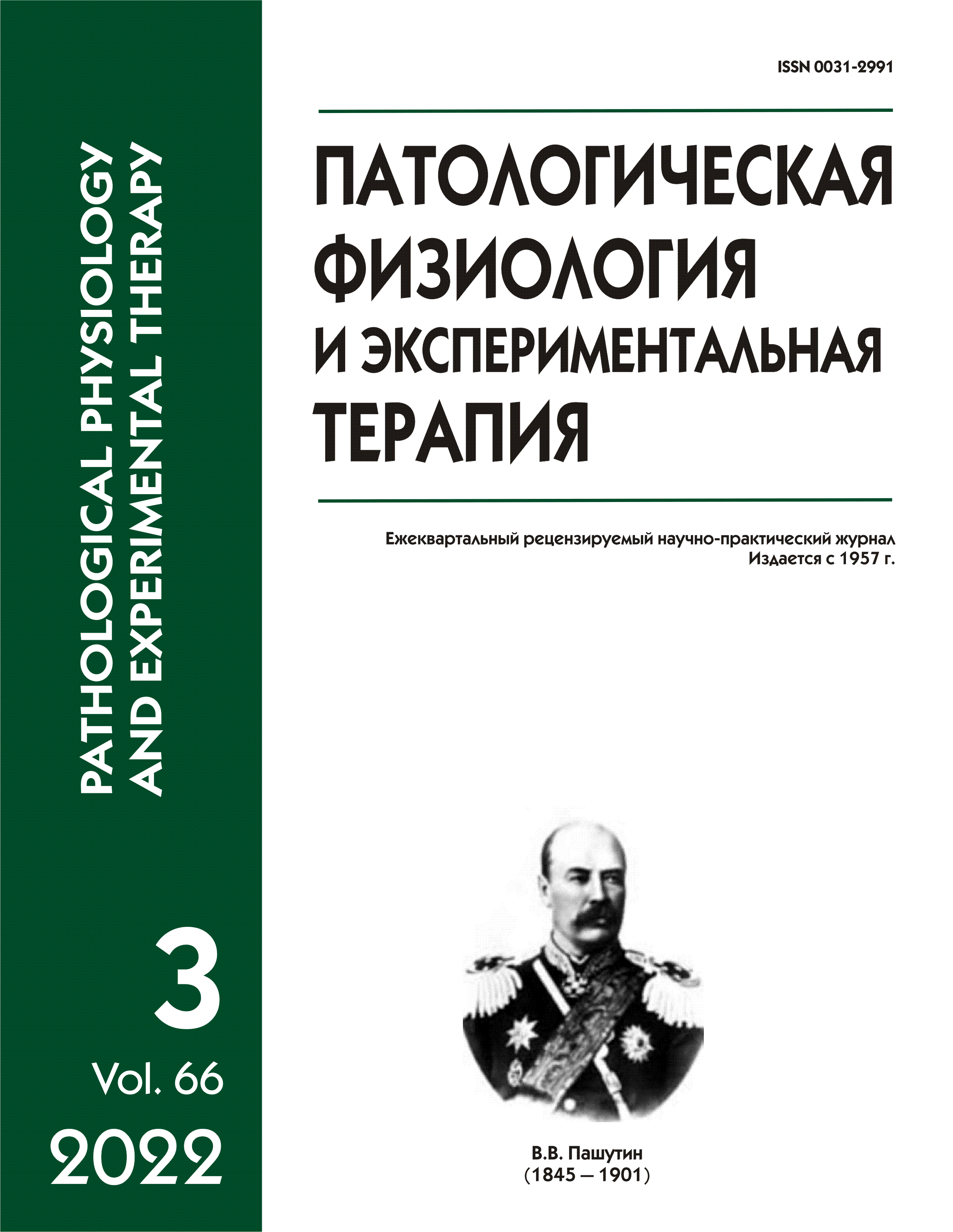Modern approaches to bone tissue vascularization
Abstract
Restoration of the structure and functional activity of bone tissue in fractures and systemic skeletal diseases is an important problem, the solution of which will improve quality and expectancy of life. According to the World Health Organization, the number of complicated fractures, that require surgical intervention and bone grafting, increases every year. The existing methods of allo-, auto- and xenotransplantation have several shortcomings, such as immune rejection or unsuitability for replacing large defects. For this reason, much attention is paid to creation of artificial bone tissue. This review addresses modern approaches to the development of vascularized bone bioequivalents that would provide effective bone tissue regeneration after transplantation of the obtained constructs. Angiogenesis is one of the critical conditions for the successful restoration of bone tissue. During embryonic development, osteogenesis and angiogenesis are closely interrelated. Many factors produced by endothelial cells trigger osteogenic differentiation by affecting the key transcription factors. In turn, osteogenic progenitors influence endothelial cells or their progenitors to stimulate blood vessel growth into the bone tissue. This positive feedback occurs due to the mutual regulation of transcription factors, cytokines, extracellular matrix components, and various microRNAs. This interaction also plays a critical role in bone tissue regeneration and fracture healing since this process is largely similar to the development of bones in embryogenesis. This review describes some of the key mechanisms of the interaction between angiogenesis and osteogenesis and provides examples of a possible use of these mechanisms in tissue engineering to create a vascularized bone bioequivalent to repair large bone defects.






